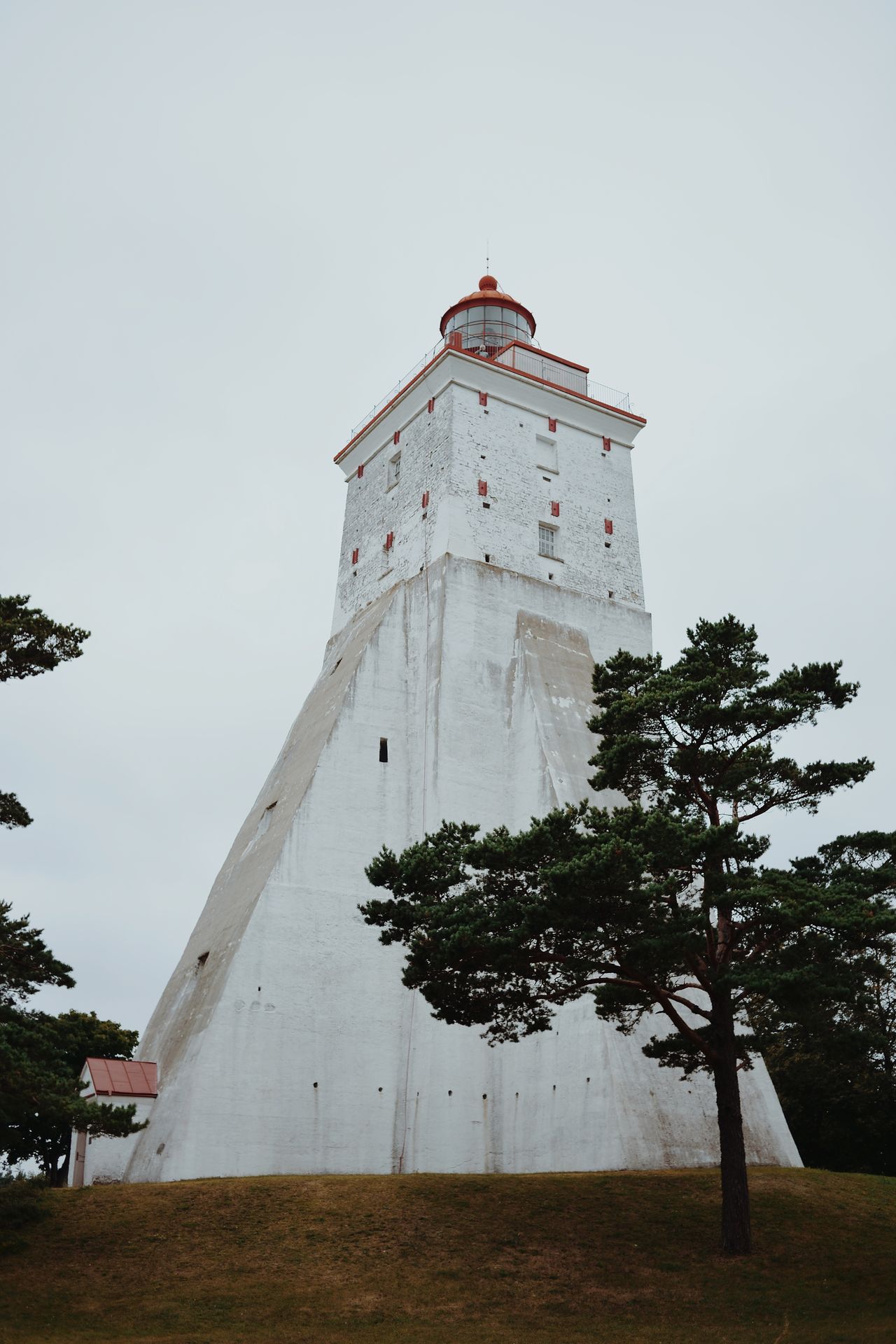
Island beacons: Exploring the lighthouses of Saaremaa & Hiiumaa
These Island lighthouses are more than guiding lights – they are iconic landmarks filled with history, breathtaking views, and timeless charm.
Lighthouses have guided travelers for centuries.
This journey to the lighthouses of Saaremaa and Hiiumaa is more than a mere visit to navigational towers – they are symbols of resilience, history, and the challenges of island life. Travel to Estonia and take this route to experience dramatic coastlines, sweeping sea views, and tranquil villages.
From wild nature trails to cozy cafés by the sea, this route showcases the best of Estonia's maritime heritage and unforgettable scenery.
Enjoy the slow rhythm of island life!
What to expect along the way:
- Main attractions: Kõpu Lighthouse, Ristna Lighthouse, Tahkuna Lighthouse, Sõrve Lighthouse, Kiipsaare Lighthouse, Vilsandi Lighthouse, Ruhnu Lighthouse
- Distance: About 450 km
- Duration: Stay at least three days — but don’t rush, you’re on island time.
- Season: You can visit all year round, though from September to May, some lighthouse visits may need to be booked in advance.
- How to get here: Visit the islands by car, bus, plane, yacht, or bicycle. Choose the option you prefer and get started!
- Suggested starting point: This depends on how you're traveling, but one way is to take the ferry from Rohuküla on the mainland to Heltermaa on Hiiumaa. Then, once you finish seeing the lighthouses on Hiiumaa, take the ferry from Sõru to Triigi on Saaremaa. From May to October, you can take a ferry from Saaremaa to Ruhnu with a bike; if you're traveling by car, then you'll need to drive to Pärnu and take the ferry to Ruhnu from there. From October to April, Ruhnu can only be reached by plane from Saaremaa or Pärnu.
- Sustainable travel tips: Living in harmony with nature is a tradition on the islands, not a modern trend. We want our islands to remain green and clean for centuries to come, and we hope every guest leaves them in the same condition as they found them. Saaremaa, Hiiumaa, and Muhu are part of UNESCO's Man and the Biosphere program.
Hiiumaa's timeless towers
Hiiumaa is truly an island of lighthouses.
The most famous is Kõpu Lighthouse – the oldest in the Baltics and one of the oldest lighthouses still operating in the world. Built in the 16th century, this towering beacon rises above the island’s forests and has guided countless ships safely across the Baltic Sea for centuries.
At the island’s northern tip stands Tahkuna Lighthouse, a delicate cast-iron structure brought from France and erected in the 19th century. It is the tallest lighthouse on Hiiumaa, offering visitors sweeping views across the open sea.
On the westernmost point of Hiiumaa, you’ll find Ristna Lighthouse, also built of iron. Its powerful light helped sailors navigate through treacherous conditions when storms and fog made the Baltic journey perilous.
Together, these three lighthouses form a fascinating route filled with history, feats of engineering, and stunning seascapes. They are more than navigational aids; they tell the stories of sailors, storms, and the resilience of local inhabitants. Visiting them is an opportunity to reflect on centuries of maritime history and view the Baltic Sea from a new perspective.

Photo author: Tatiana Metsala
Saaremaa's iconic lighthouses
Saaremaa’s lighthouses light the way for sailors and guide visitors to unique experiences.
One of the most iconic lighthouses on the island is Sõrve Lighthouse at the southern tip of Sõrve Peninsula. A lighthouse was first built here in the 17th century, while the current concrete giant was completed in the 1960s. At 52 meters high, its light reaches over 40 kilometers across the sea, offering visitors a panoramic view of the open water and inland landscapes. Today, Sõrve is a vital navigational aid and one of Saaremaa’s most visited landmarks.
Equally remarkable is Kiipsaare Lighthouse, located on Harilaiu Peninsula within Vilsandi National Park. Built in 1933, the 27-meter tower is famous for its slightly leaning position, as storms and the sea have gradually tilted it over time. Reaching Kiipsaare is an experience in itself, as it involves a scenic walk through sandy beaches and juniper-covered meadows that lead to the remote tower.
Together, these two lighthouses encapsulate Saaremaa's natural beauty and maritime heritage. The power of Sõrve and the poetry of Kiipsaare tell tales of Baltic storms, seafarers’ journeys, and the locals' resilience against the strength of the sea. Pay them a visit for breathtaking scenery and an unbroken connection to the sea.

Photo author: Priidu Saart
The remote lighthouses of Vilsandi and Ruhnu
Small islands also have lighthouses worth visiting – but to see them, you must first set out to sea.
The journey over the water makes the experience into a true adventure; if you're committed to exploration, you will be rewarded with a view of places rarely reached by most visitors.
Vilsandi Lighthouse stands on the island in the heart of Vilsandi National Park. The first lighthouse was built here in 1809. For centuries, it guided ships safely past the dangerous shoals of the Baltic Sea. Today, Vilsandi's peaceful atmosphere, rich birdlife, and stunning natural beauty attract visitors who long to feel as though they have reached the very edge of the world.
Further out in the Gulf of Riga, you'll find Ruhnu Lighthouse. This cast-iron tower, manufactured in France in the late 19th century and shipped to the island, is a testament to engineering prowess. Its red silhouette rises above the island’s forests, offering sweeping views of Ruhnu and the sea. The lighthouse embodies French craftsmanship and the enduring spirit of life on a small island.
Together, these lighthouses offer a rare experience — the boat trip is part of the adventure, and it leads to towers that have stood the test of time.

Photo author: Marko Palm
Follow the light, and let it guide you to an island adventure!

Get inspired
Last updated
02.11.2025